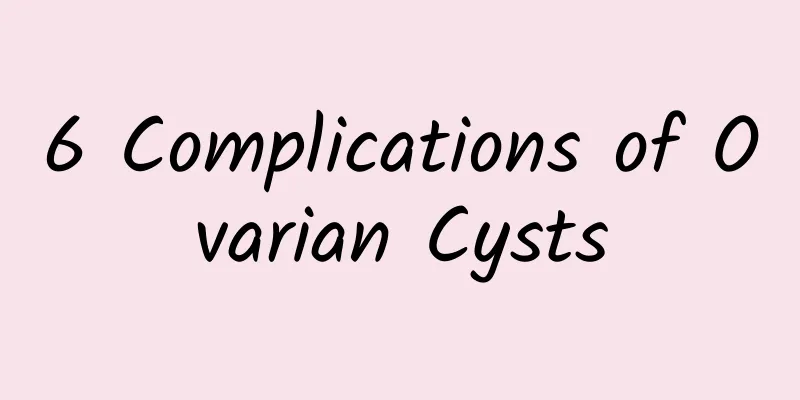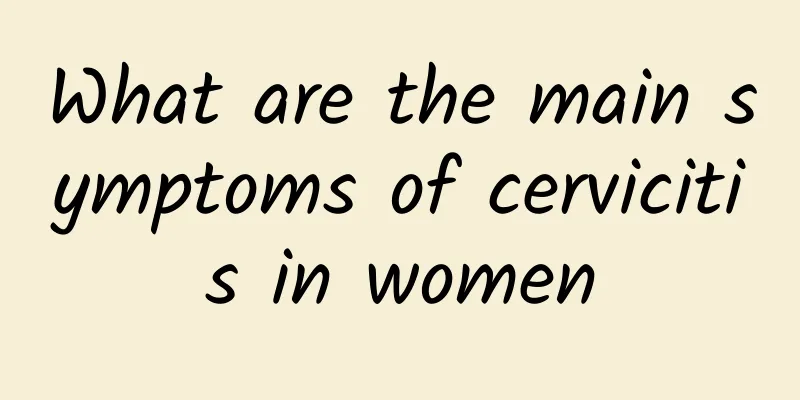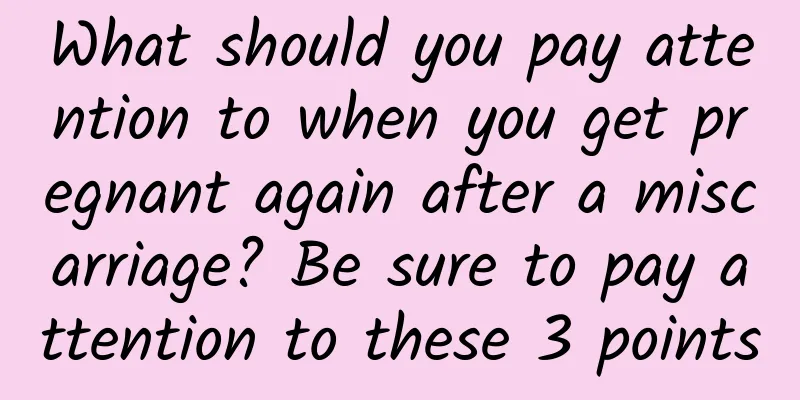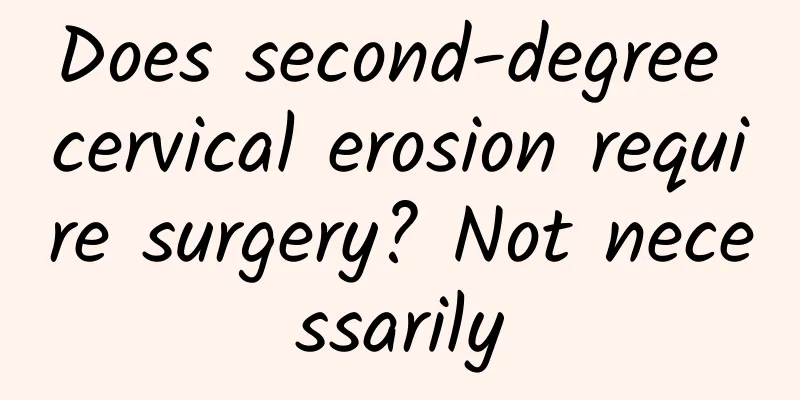The best treatment for congenital absence of vagina

|
Although the incidence of congenital absence of vagina is not very high, if the child is really affected by this disease, how to treat it? This is also what parents of children with congenital absence of vagina are eager to know. Experts point out that at present, the main method of clinical treatment of congenital absence of vagina is still surgery. Let's take a look at the detailed explanation below. What are the treatments for congenital absence of vagina? The principle of treatment for congenital absence of vagina is to reconstruct the vagina. There are various methods of artificial vaginal formation, including non-surgical treatment, which is to gradually push the closed vestibular mucosa in the normal vaginal position along the vaginal axis to the head side to form an artificial cavity. This method requires a long treatment time, and the artificial vagina formed is short. If the tissue elasticity is poor, it is difficult to succeed. It has now been basically abandoned and rarely used. Surgical treatment mainly involves separating the urethra, bladder and rectum to form an artificial cavity, using different methods to find an appropriate cavity wound covering and reconstructing the vagina. In previous years, the most commonly used method was the transplantation of the patient's own medium-thickness free skin graft. However, after the operation, a hard vaginal mold needs to be used for a long time to expand the artificial vagina to prevent the artificial cavity covered by the transplanted skin graft from contracting, which increases the patient's pain and brings great inconvenience to work and life. Moreover, the biggest disadvantage is that the characteristics of skin and mucous membrane tissues are too different and do not meet physiological requirements. Vaginoplasty using labia skin flaps destroys the normal vulva shape and is often rejected by patients. Reconstruction using sigmoid colon or ileum segments increases the complexity of the operation. Covering with amniotic membrane or pelvic peritoneum also has its own disadvantages. Therefore, although there are many methods, there is still no very ideal shaping surgery. The choice should mainly be based on the patient's vulvar local anatomy and other specific clinical conditions. This is all the treatment methods for congenital absence of vagina that the experts will introduce to you. I hope that after reading this article, you will have a better understanding of it. For more information about congenital absence of vagina, if you still have questions, it is recommended that you go to a regular hospital to consult an expert. I believe that the expert can give you a more comprehensive introduction to this disease. |
<<: How to treat congenital absence of vagina
>>: Treatment process of congenital absence of vagina
Recommend
Introduction to Western Medicine Treatment of Cervical Hypertrophy
In life, cervical hypertrophy has affected the no...
Are you always craving for food even though you are not hungry? In addition to drinking more water, these 4 things can help you overcome false hunger
How to overcome false hunger 1. You must eat brea...
What is the reason for brown discharge when it is not during menstruation?
The brown liquid that flows out during non-menstr...
Facebook addicts more likely to be overweight
There are more than 1 billion people in the world...
What are the treatments for vulvar leukoplakia?
What are the treatments for vulvar leukoplakia? T...
Tomatoes are not only anti-aging, they also have 4 unexpected benefits! Nutritionists teach you 3 ways to get the most out of lycopene
Tomatoes are sweet and delicious, with thin and j...
Introduction to abortion medication
The number of people suffering from sequelae caus...
What causes ectopic pregnancy?
Ectopic pregnancy is a dangerous acute abdomen in...
Experts explain the causes of cervical hypertrophy
Cervical hypertrophy is a disease that women ofte...
What complications may occur during abortion surgery?
In recent years, the number of abortions has incr...
What should I do if I find uterine fibroids during pregnancy? Do I need to remove my uterus for uterine fibroids?
Ms. Xiao is 30 years old, married for 3 years, an...
What are the early symptoms of ectopic pregnancy?
What are the early symptoms of ectopic pregnancy?...
Are fruits and whole grains good for your health? Should we eat more of them? Slimming Queen: The Devil is Hiding Here…
People who are trying to lose weight may often he...
What are the hazards of common cervical warts
Cervical warts are a sexually transmitted disease...
What is ovarian cyst? What causes it?
Ovarian cysts refer to cystic tumors in the ovari...









